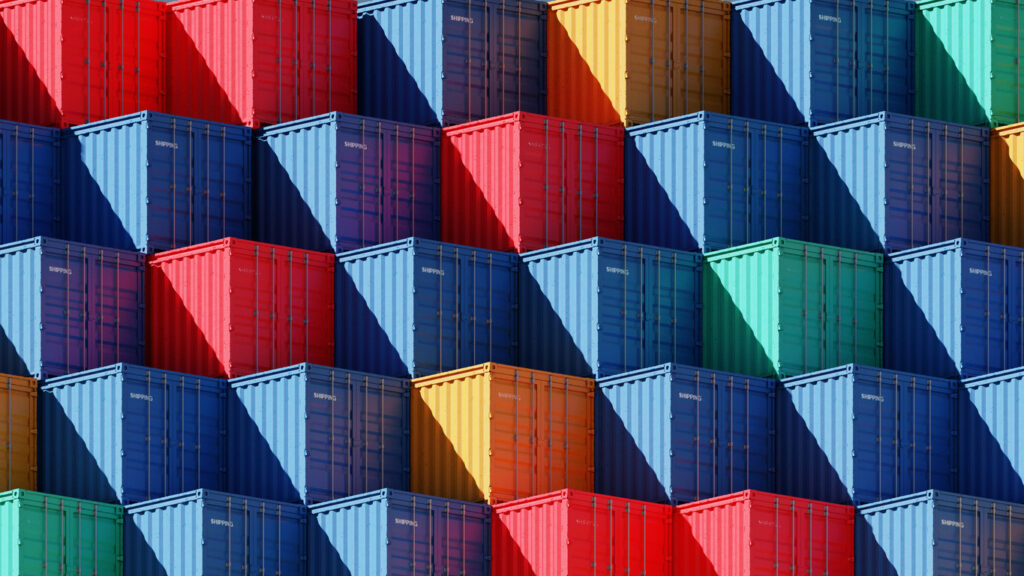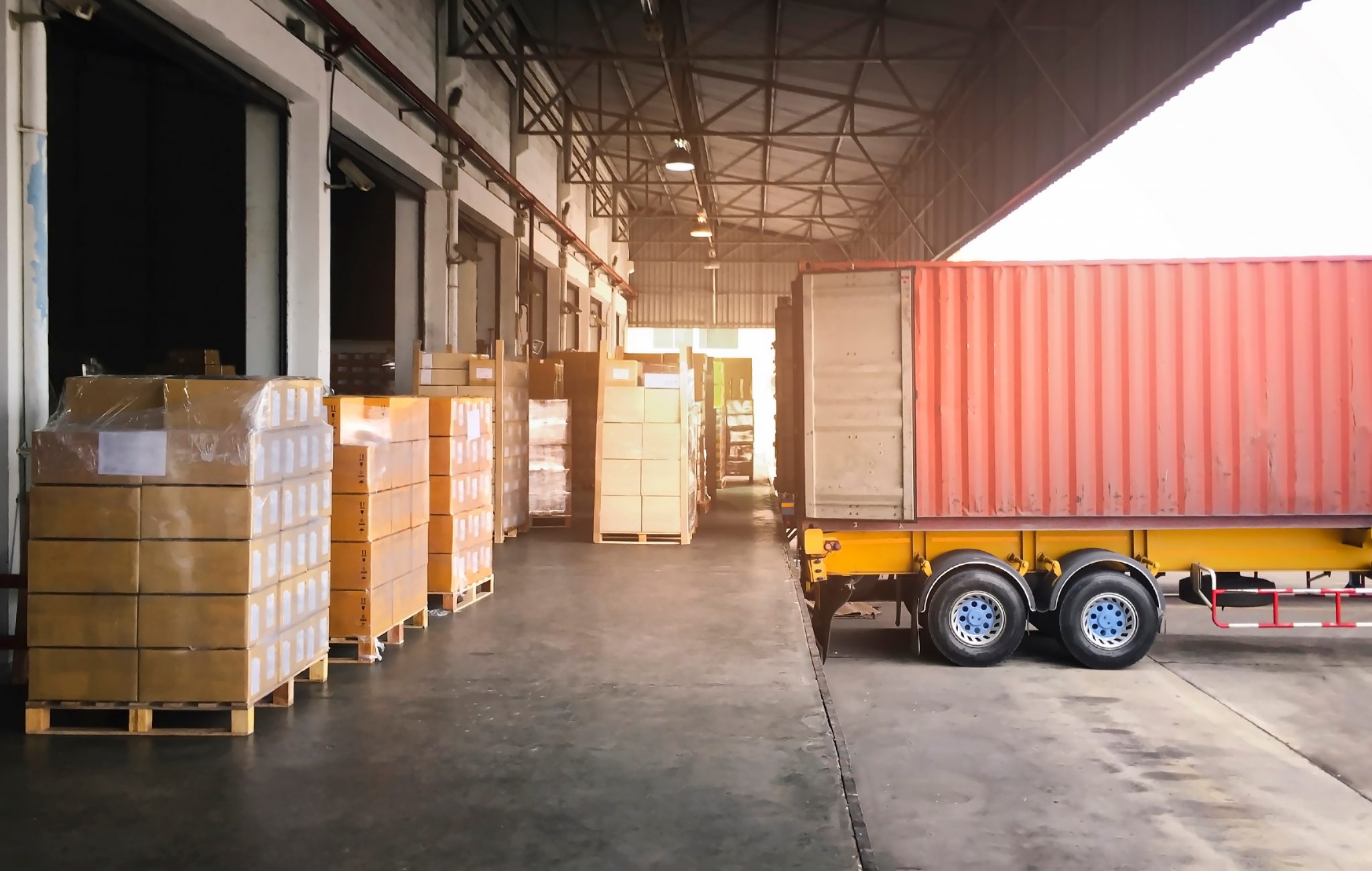The global shipping landscape is shifting dramatically in 2025, marked by new carrier alliances, fluctuating trade routes, and significant port activity. Major players like Maersk and Hapag-Lloyd have formed the Gemini Cooperation, while MSC charts its own course. These changes, impacting 80% of global capacity, are further complicated by geopolitical events like the Red Sea crisis and evolving trade relationships. Simultaneously, major US ports are reporting record volumes and expanding infrastructure to accommodate this dynamic environment. From Oakland’s steady growth to Houston’s record tonnage and the Southeast’s impressive gains, the following articles explore the complex interplay of carrier strategies, port performance, and global trade that will shape the future of ocean shipping. As the global shipping environment becomes more complex, shippers must navigate these changes carefully to adapt to new challenges and opportunities.
What shippers should know about ocean carrier alliance changes in 2025 – FreightWaves
The international ocean container shipping industry is undergoing a major reshuffling in February with the launch of new alliances and vessel-sharing agreements. Two key changes are the formation of the Premier Alliance (formerly THE Alliance without Hapag-Lloyd) comprised of ONE, Yang Ming, and HMM, and the Gemini Cooperation between Hapag-Lloyd and Maersk (who left the 2M alliance with MSC). Gemini aims for 90% schedule reliability and will operate a hub-and-spoke network. Meanwhile, MSC, the world’s largest carrier, is going solo and expanding its fleet significantly. These three alliances control 80% of global container capacity.
Several factors complicate these plans. The Federal Maritime Commission is still reviewing the Premier Alliance, delaying its launch. The Red Sea crisis caused diversions around Africa, boosting rates but creating uncertainty about the Suez Canal’s future. A potential return to the Suez route could significantly impact container rates and shift cargo volumes between US coasts. Geopolitical tensions, especially regarding China, also create forecasting challenges. The Ocean Alliance (CMA CGM, Evergreen, Cosco, and OOCL) has extended its agreement to 2032 and will offer expanded trans-Atlantic services. Finally, MSC and Zim have partnered on trans-Pacific and Asia-Europe services, with MSC also chartering slots on Premier Alliance Asia-Europe routes. Overall, the industry faces a complex landscape with shifting alliances, capacity changes, and geopolitical uncertainties.
Port of Oakland records 2.26 million TEUs last year – Port of Oakland
The Port of Oakland had a strong 2024, processing 2.26 million TEUs, a 9.5% increase from 2023, reflecting steady growth in consumer demand, particularly in the San Francisco Bay Area. Imports increased by 15% and exports by 5.4%, illustrating a balanced development. Crucial reefer exports included beef and pork, while furniture, plastics, and batteries led to dry imports. Exporting wastepaper and nuts also contributed significantly, with nuts alone valued at over $4 billion. The port’s performance highlights its importance in global trade.
NWSA 2024 Container Volumes Finish Strong – NWSA
The Northwest Seaport Alliance (NWSA) saw a 12.3% increase in total container volume for 2024, reaching 3,340,733 TEUs. December 2024 volumes were up 15.8% compared to the previous year, driven by a 34.3% surge in imports. Vessel consistency and calls improved significantly. The number of international container voyages reached the highest level since 2020, with 41 more voyages than 2023. The NWSA launched initiatives like the Inland Rail Hub in Wallula, WA, and incentive programs to boost rail cargo. They received top rankings in Logistics Management’s Quest for Quality Awards. Infrastructure improvements included completing Phase 2 of the Terminal 5 modernization, expanding capacity and adding super-post Panamax cranes, and reconfiguring Terminal 46 for increased auto storage.
Port Houston Record-Breaking Volume in 2024 – Port Houston
Port Houston achieved a record-breaking 53 million tons of cargo in 2024, a 6% increase over 2023. Container volume surged 8% to 4.1 million TEUs, also a record. December container volume was up 4% year-over-year. Loaded exports increased 12% in December and 8% for the year, driven by resin, chemicals, and textiles. Loaded imports were up 6% annually, fueled by consumer goods demand. China remains the top import source, with a growing share. Steel volumes were the second highest in five years. The port’s strategic plan and recent ship channel widening project, enabling larger vessel calls, position it for continued growth in 2025.
Port of Savannah achieves 11.4 percent growth, Port of Brunswick up 7.5 percent – AJOT
The Georgia Ports Authority (GPA) saw an 11.4% increase in container volume, handling over 2.8 million TEUs in the first half of fiscal year 2025. December’s volume was also up 4.7%. The Appalachian Regional Port contributed to this growth with a 13.5% increase. The Blue Ridge Connector inland port is now over 50% complete and scheduled to open in 2026. Four new ship-to-shore cranes arrived at the Port of Savannah. The Garden City West Terminal’s project will be completed in February 2025. A $40 million expanded customs facility opens in March 2025, and the Savannah Container Terminal is in the permitting process.
GSC is a leading provider in the shipping logistics industry with over 35 years of experience delivering customized supply chain solutions to world-renowned retailers, manufacturers, and distributors. Interested in how we can help with your drayage and transloading needs? Contact us today or check out our services and solutions here.
Don’t miss out on the latest industry news. Check out our latest Industry Roundups:




